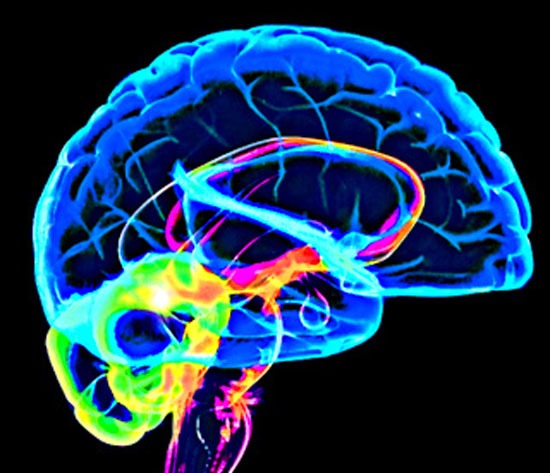
Why does the way we remember (like all living beings, after all) draw so much attention from scientists? If you ask them and they bother to answer, you’ll get a trite medical declaration: “to find cures for various forms of amnesia, dementia, etc.” Yet, whether they admit it or not, all those neuroscientists rummaging through brains (or their simulations) to uncover the secrets of memory are governed by iron rules. For any therapy to be commercially exploitable, it must have a sizable customer base. Therefore, cures for amnesia will exist only when it becomes widespread…
In early April of last year, a team of neuroscientists from MIT’s “Neurogenetics Center” published in the journal Science the results of a study conducted on mice; and they themselves claim that the model they developed for mouse memory also applies to our species. According to their findings, every stimulus creates two—not one—memory traces at different sites in the brain. The first, in the hippocampus, is meant for immediate use; it is “working memory,” a temporary trace of short duration. If the stimulus is not repeated immediately, this memory trace is erased. The second, in the cortex, is “stored” for a long time and can be recalled only under specific stressful conditions.
If you think that this dual model fits the technical structure of computer memory so perfectly that you might assume neurobiologists found exactly what they were looking for, inspired by modern information machines… Then you will be “sorted out” when they discover how criticism is created from a neurobiological point of view. And where you “store” it…
